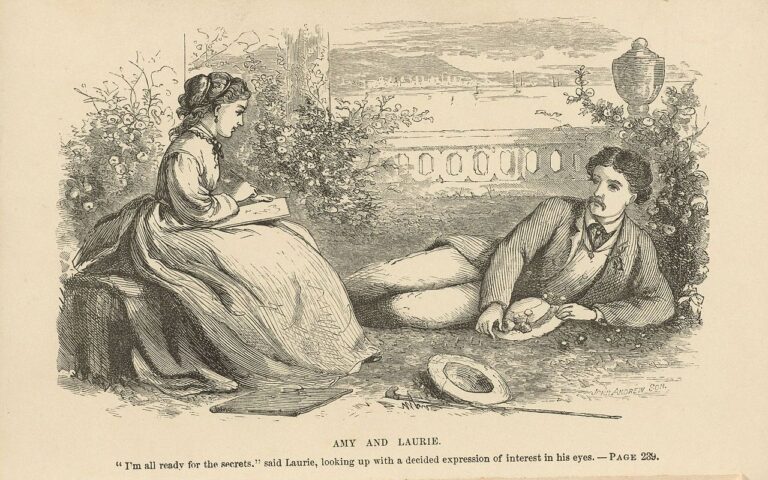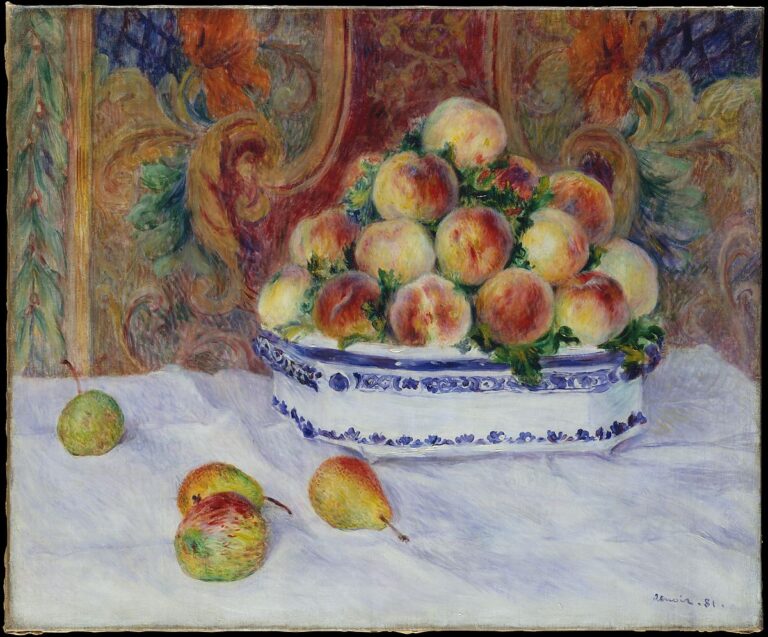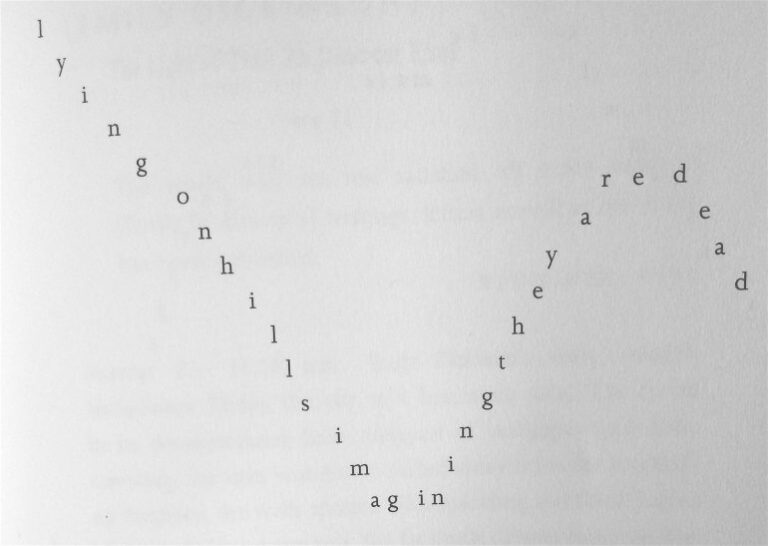Incomprehensible and Ungraspable
When I was a teacher, death always lingered in the back of my mind—perhaps because I was at UC Santa Barbara when Elliot Rogers killed six people and injured fourteen others, or perhaps because of the exorbitant number of other school shootings that took place during the years I taught, 2016 to 2022. In faculty meetings we talked about violent intruders, and in class we talked through scenarios with our students and did Alert, Lockdown, Inform, Counter, Evacuate drills. One of my first memories of my last workplace was of the active shooter simulation we did to learn about the ineffectiveness and dangerousness of only locking down during a shooting. We donned face shields, huddled in dark classrooms, and waited for each and every one of us to be shot point blank by colleague with a bb gun. An eerie, robotic female voice repeated “Lock down. Lock down. There’s an active intruder in the building” over the PA system. The police officer running the drill blew an air horn each time one of us was shot to make clear how quickly the bodies were piling up. For part two of the simulation, we were instructed to flee the building while a colleague shot at our backs. People elbowed and tripped each other. Our shoes squeaked and slapped against the linoleum as we lunged toward the door, the air horn bleating only a few times this round. We all left the simulation painfully aware of what we’d already known: you have a better chance of surviving when you aren’t a sitting duck. Eventually faculty meetings turned to questions about whether we were obligated to stay behind with a student who refused to jump out a window or sprint down a hall, or if we could choose instead to save our own lives. How far does being a teacher go in America today? we wondered. The administrators’ answers were cryptic.
Recently I’ve been reading, again and again, Jo Ann Beard’s essay “The Fourth State of Matter,” which was originally published in the New Yorker in June of 1996. Beard’s essay breaks my heart every time I read it because of how she weaves together the deaths of many: the impending death of her beloved dog, the death of her marriage, the death of the squirrels infesting her house, the deaths of six people (including the shooter) in a 1991 shooting at the University of Iowa, where Beard, who was particularly close to one of those who was killed, worked. “This is the saddest story I have ever read, and I wonder sometimes if it always will be,” I wrote in my notes in 2015, the year after the Isla Vista shooting and the year my dog died. “This story will always, I know, devastate me.” The comment was prescient: I will always have a dog I know will die and there will always be school shootings—at least as things stand in this country today. There will always be people I love working in schools.
Staring up at the sky, Beard thinks, “The sky is full of dead men, drifting in the blackness like helium balloons.” Then she goes back in her house, which has just been purged of squirrels, and in the silence of their absence she says, “No matter how much you miss them. They never come back once they’re gone.” Of course, she doesn’t really miss the invading squirrels; the silence comes from her dead colleagues, but also from her absent, soon-to-be ex-husband, and from her dying dog. “When I think I can’t bear it for one more minute I reach down and nudge [my dog] gently with my dog arm,” she writes. “In a few hours the world will resume itself, but for now we’re in a pocket of silence. We’re in the plasmapause, a place of equilibrium, where the forces of the Earth meet the forces of the sun. I imagine it as a place of stillness, where the particles of dust stop spinning and hang motionless in deep space.” Beard’s dog holds her together even as she must increasingly care for her dog’s failing body. She sits still in her grief, her shock, her disbelief, propped up by her dog, playing the game they always play, where she holds her collie’s long snout like a gear shift. “She lifts her long nose to my face and I take her muzzle and we move through the gears slowly—first second third fourth—all the way through town, until what happened has happened and we know it has happened,” Beard says. Though this moment is so difficult, the only way forward is acceptance. Together, they shift into fourth, and her dog drives her there, all the while looking at Beard with “the face of love.” This forging of loss and impending loss is what devastates me every time.
Gun violence isn’t the end of the devastation. In my six years as a teacher, four students died. A few of my teenage students lost their parents. Over a million people in the United States died from COVID-19. Nearly 7,000 were killed by police officers. Increasingly, I felt pushed up against the limits of my training, unequipped to serve my students without formal training in trauma and grief counseling. I started to feel like I needed a whole other degree to adequately do my job. In her first American lyric, Don’t Let Me Be Lonely (2004), Claudia Rankine examines national trauma, and recounts what Rudy Giuliani said to a reporter who asked him to estimate the number of dead the day after 9/11: “More than we can bear.” Rankine, much to her surprise, is struck by his non-numerical description and how truly it describes the tragedy. “Then there are three thousand dead and it is incomprehensible and ungraspable,” Rankine writes. “Physically and emotionally we cannot bear it, should in fact never have this capacity.” If only Giuliani and others applied this sentiment toward in the years that have followed, in which lives have been senselessly and needlessly lost, in which tragedies have occurred that are also “incomprehensible and ungraspable.”
“Death is the subtext of life, there is no way around it. It is foundation of life’s meaning and value. It is the ultimate gamechanger, the shift in perspective that puts everything in its place, yet it is a part of our story we know little about and have little control over,” writes Marion Winik in her introduction to The Baltimore Book of the Dead (2018), a compilation of vignettes describing people in Winik’s life who have passed. As I’ve grown older and come into contact with more people, it has become very apparent that there is no way around also coming into contact with death—senseless death in particular. Winik recounts seeing the story of a school shooting lodged between celebrity dramas—a breakup and a wedding—in an issue of People magazine. “The roll call of the dead, their glowing faces and miniature biographies,” she writes in “The Innocents.” “It’s the image of children crossing a parking lot as if in a conga line, hands on shoulders, wearing the colorful jackets and bright, clean sneakers their mothers sent them to school in, that haunts me.” She goes on to describe a drill like one of the many I did as a teacher and as a student, an image like one of the many images I have seen on the news over the years. “There is so much you have to turn away from just to get through a day,” she continues. “Now the eerie conga line files through our dreams. The phone rings. This is too much to ask of us.” It is incomprehensible and ungraspable. It is more than we can bear. What gear can we shift into to take us to a place where we can stop this senseless death from happening again, to turn toward the day instead of away from it?


